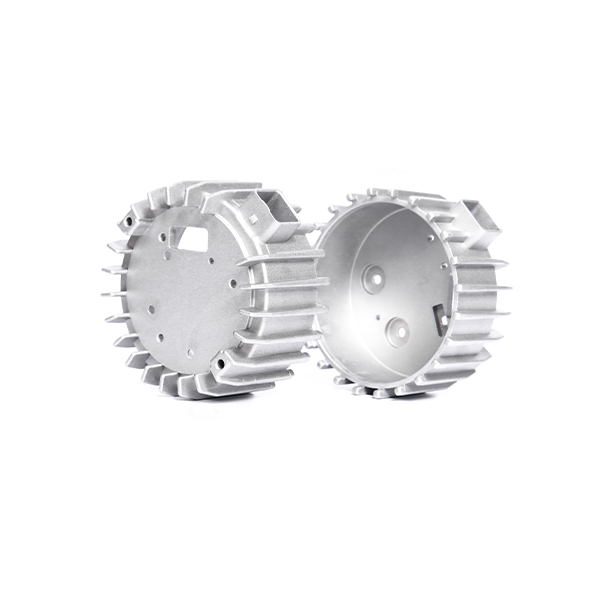Mobile:+86-311-808-126-83
Email:info@ydcastings.com
German
Welding Techniques for High-Strength Cast Steel Applications and Best Practices
Welding Cast Steel Techniques, Challenges, and Best Practices
Welding cast steel is a critical process in various industries, including manufacturing, construction, and automotive sectors. Cast steel is favored for its versatility, strength, and ability to withstand high temperatures and stresses. However, welding cast steel presents unique challenges that require specific techniques and considerations to ensure successful and durable joints.
Understanding Cast Steel
Cast steel is an alloy of iron that contains carbon and other elements, making it less brittle than cast iron. Typically, cast steel has a carbon content of up to 0.6%, which allows for improved ductility and toughness. This makes it suitable for various applications, including machinery parts, structural components, and high-stress frameworks. Being a cast product, it has a different microstructure than wrought steels, leading to distinct mechanical properties that must be understood in the context of welding.
Challenges in Welding Cast Steel
Welding cast steel involves several challenges
1. High Carbon Content The carbon content in cast steel can lead to hardening during the cooling process. This hardening can result in cracking, especially in the heat-affected zone (HAZ) of the weld.
2. Porosity Cast steel is prone to porosity due to trapped gases that can occur during solidification. This porosity can weaken welds and reduce the overall integrity of welded structures.
3. Dilution Issues During welding, the mixing of the filler material with the base metal can alter the composition of the weld. This dilution can lead to a mismatch in properties and potential failure.
4. Preheating Requirements To mitigate the risks of cracking and other defects, preheating cast steel before welding is often necessary. The preheating temperature can vary depending on the thickness and type of cast steel.
Welding Techniques
Several welding techniques can be employed for cast steel, each with its own advantages and appropriate applications
1. Gas Metal Arc Welding (GMAW) Also known as MIG welding, GMAW is commonly used for cast steel due to its ability to produce high-quality welds with less distortion. The continuous feeding of wire allows for excellent control over the welding process.
welding cast steel

2. Shielded Metal Arc Welding (SMAW) SMAW, or stick welding, is another method suitable for cast steel. It is particularly effective for thicker sections of steel, as it provides strong penetration and can be performed in various positions.
3. TIG Welding Tungsten Inert Gas (TIG) welding is ideal for producing clean and precise welds on thin sections of cast steel. This method allows for better control of heat input and is useful when high aesthetic quality is required.
4. Submerged Arc Welding (SAW) SAW is often used in heavy industrial applications for welding thick plates. It provides deep penetration and a higher deposition rate, making it efficient for larger components.
Best Practices for Welding Cast Steel
To achieve successful welding results, it is essential to follow best practices
- Preheating Always preheat the cast steel to the recommended temperature to reduce the risk of cracking and improve weld quality. The preheating temperature can vary based on the specific alloy and thickness.
- Select Appropriate Filler Material Choose a filler material that matches the properties of the cast steel. This helps in minimizing dilution effects and maintaining overall mechanical integrity.
- Control Heat Input Monitor and control the heat input during welding to avoid excessive heat that could lead to warping or cracking. Maintaining appropriate travel speeds and arc force is crucial.
- Post-Weld Treatment After welding, consider performing stress-relieving heat treatments to reduce residual stresses and improve the overall performance of the welded joint.
- Inspect and Test Regularly inspect welds for defects such as cracks, lack of fusion, or porosity. Non-destructive testing methods, such as ultrasonic testing or radiographic testing, can be helpful in ensuring the integrity of the welds.
Conclusion
Welding cast steel is a complex but essential process that requires a thorough understanding of materials and techniques. By addressing the inherent challenges and adhering to best practices, welders can produce strong, reliable joints that meet the demands of their applications. With ongoing advancements in welding technology and techniques, the future of welding cast steel holds promise for even greater efficiency and quality.











